|
Dr. Hao Ma, Postdoctoral Research Associate
Oak Ridge National Laboratory
Dr. Hao Ma is currently a postdoctoral research associate at the Oak Ridge National Laboratory. He obtained his Ph.D. degree in Mechanical Engineering at Cornell University in 2020 and B.S. degree in Materials Science and Engineering at the University of Science and Technology of China in 2014. He has a strong background in nanoscale thermal transport based on various materials using both computational and experimental methods. Within TETI, Dr. Ma performs inelastic neutron and x-ray scattering measurements on phonon dispersion and lifetimes in nuclear fuel materials, with and without irradiation/defects
| | 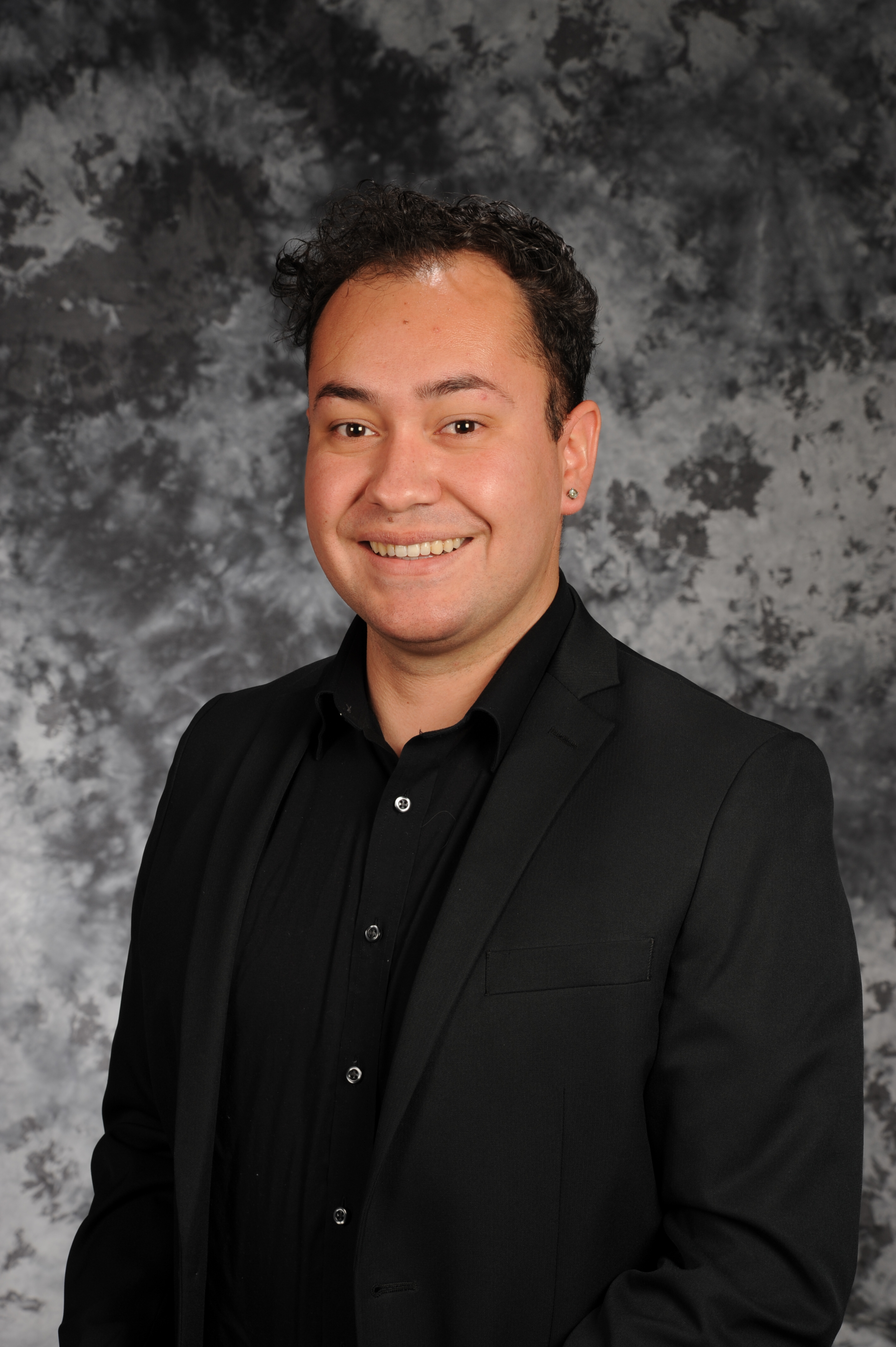
| Dr. Kevin Vallejo, Postdoctoral Research Associate Idaho National Laboratory Kevin D. Vallejo was born in El Paso, Texas. He attended The University of Texas at El Paso where he received a B.S. degree in physics, after which he attended Boise State University to receive a M.Engr. in materials science, a graduate certificate in college teaching, and a Ph.D. in materials science with focus on semiconductor physics. He previously worked for the Pacific Northwest National Laboratory as a graduate fellow for the National Nuclear Security Administration. Kevin completed his Ph.D. on semiconductor quantum dots’ synthesis and properties, pushing the limits of light emission obtained with these structures. He brought this expertise in epitaxial growth of materials to INL where he is currently working on the synthesis of nuclear fuel materials, their surrogates, novel antiperovskite compounds, and new ternary nitride materials with applications to corrosion resistance and material integration. In his free time Kevin engages in philosophical discussions of the foundations of physics, and has recently published collection of poems.
| | 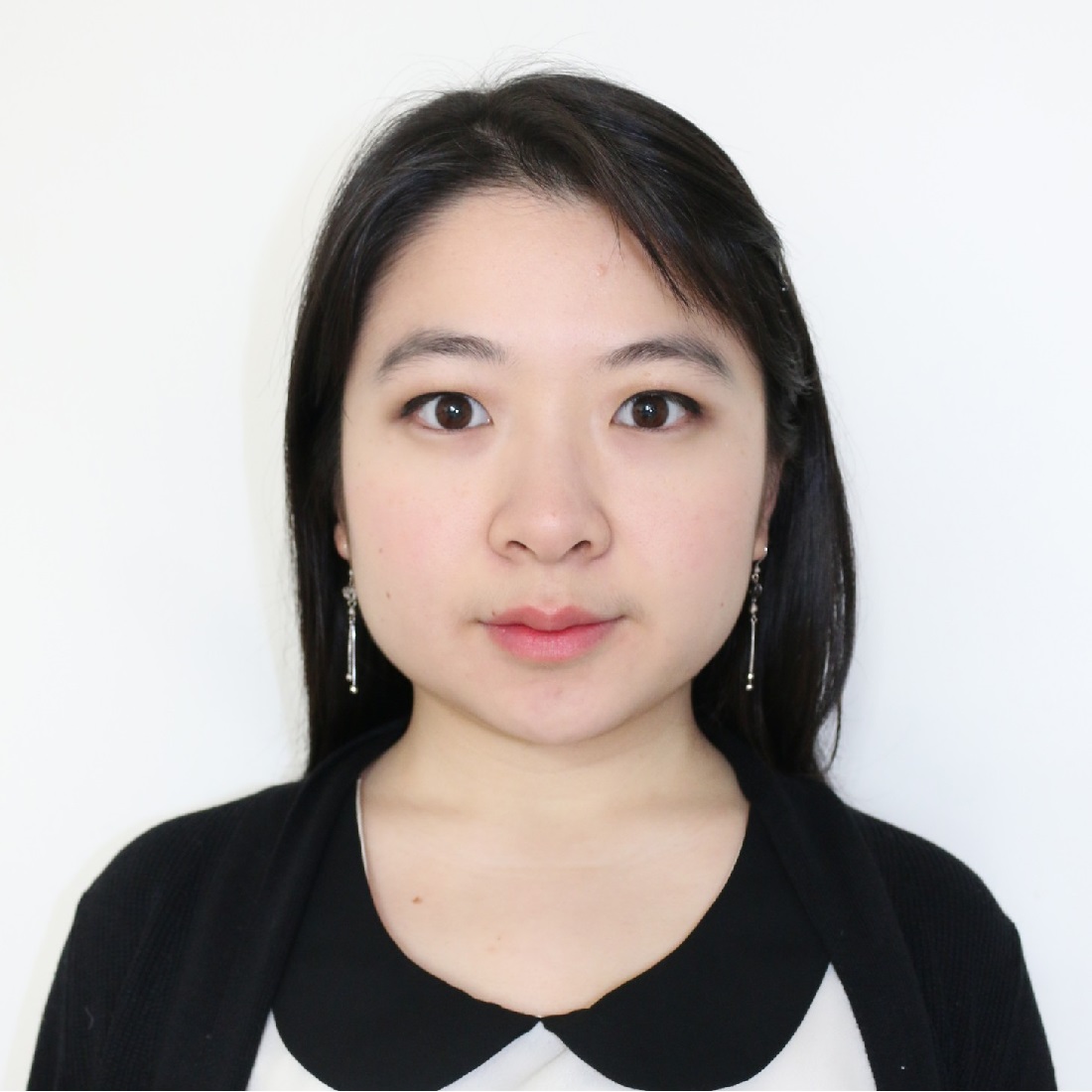
| Dr. Ella Kartika Pek, Postdoctoral Research Associate Idaho National Laboratory Dr. Ella Pek joined Idaho National Laboratory (INL) as a Postdoctoral Research Associate in May 2023. Dr. Pek earned her B.S. and M.S. in Materials Science and Engineering from the University of California, Berkeley with Honor in 2013 and 2014, where she did her research in the Dubon group at the Lawrence Berkeley National Laboratory. She then continued to do her doctorate study at University of Illinois, Urbana-Champaign, and earned her Ph.D. degree in Materials Science and Engineering in 2019. During her graduate studies under Professor David Cahill, she utilized time-domain thermoreflectance (TDTR) to characterize various material systems. Prior to joining INL, she was a postdoctoral researcher in the Zhao group at University of Maryland, College Park, where she re-built a TDTR system and did characterization of thermodynamic properties of ATF (Accident Tolerant Fuel) cladding. She brought her expertise in the laser-based measurements of thermal energy transport to TETI, where she characterizes thermal transport of various advanced nuclear fuel systems and the effects of defects on them.
| | | 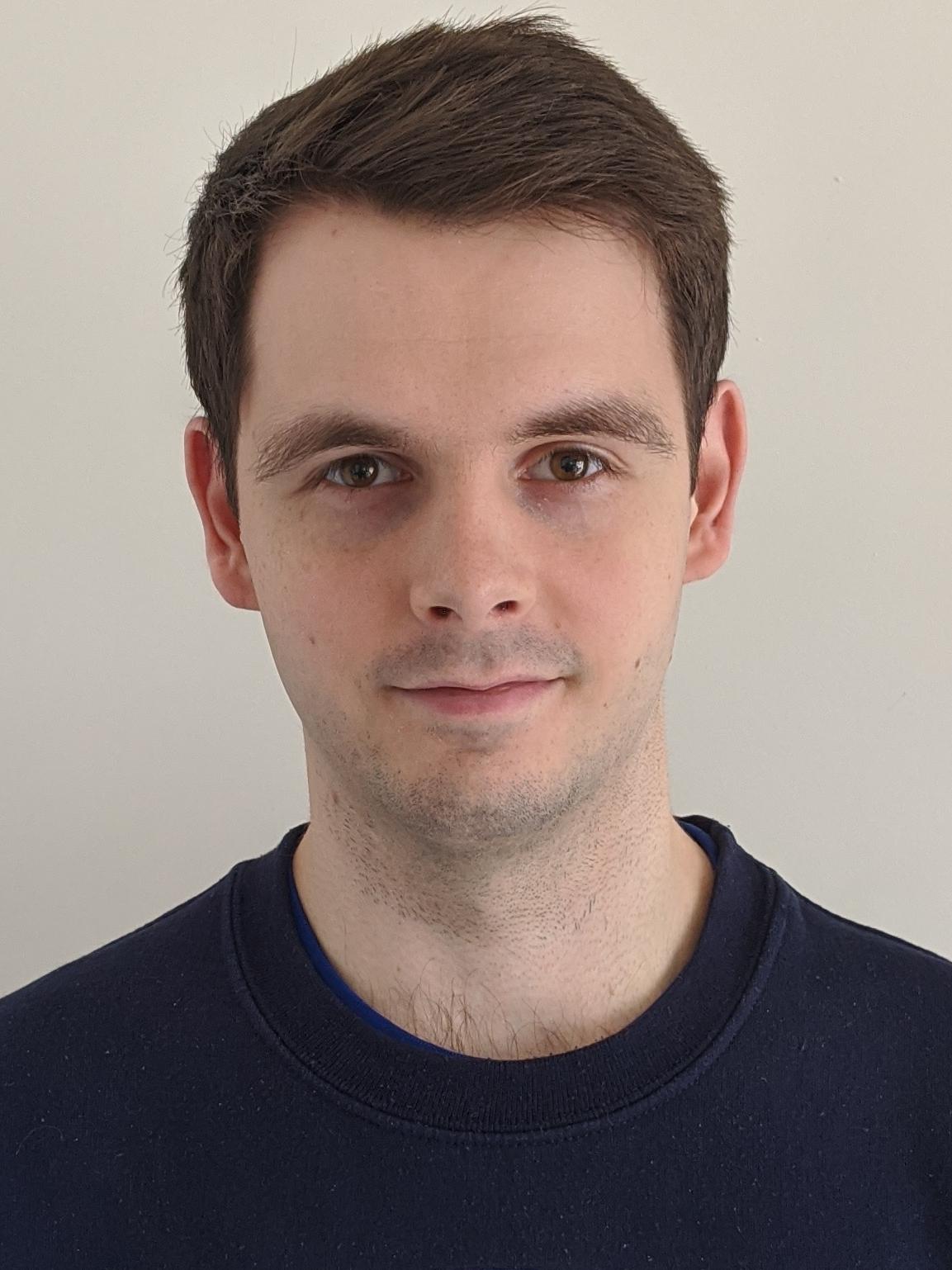
| Mark Mathis, Graduate Student Columbia University Mark Mathis is a graduate student in Applied Physics in Professor Chris Marianetti's group at Columbia University. Mark's research focuses on using phonons and their interactions to predict the temperature dependence of materials' properties.
| |
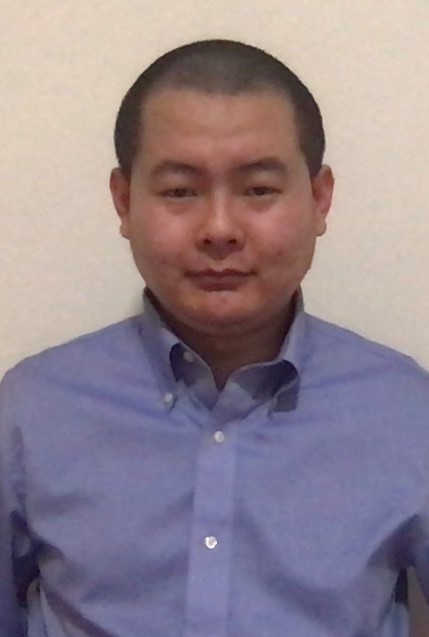
| Enda Xiao, Graduate Student Columbia University Enda Xiao is a graduate student in Chemical Physics program in Dr. Chris Marianetti's group at Columbia University. Enda's research focuses on phonons, anharmonic interactions, and properties related to phonons and their interactions such as phonon lifetime and thermal conductivity. His current work includes development of a new molecular dynamic simulation method with ab initio feature named Order N Ab-initio Molecular Dynamics (ONAIMD).
| | 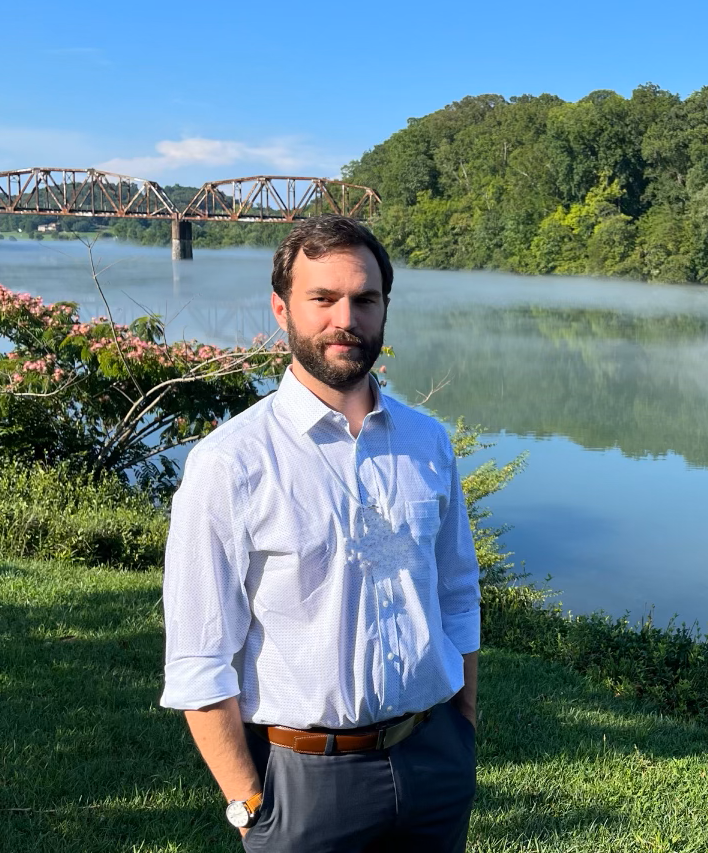
| Joshua Ferrigno, Graduate Student The Ohio State University Joshua Ferrigno is a Nuclear Engineering Ph.D. graduate research fellow at the Ohio State University with Dr. Marat Khafizov as his advisor. His research focuses on modeling the response of nuclear fuels to radiation damage and the characterization of their microstructural and thermal properties. In addition to modeling, he also performs laser conduction experiments to measure thermodynamic properties of materials commonly used in nuclear applications. His work with TETI includes defect characterization, and estimation using coupled microstructural and thermal conductivity models.
| | 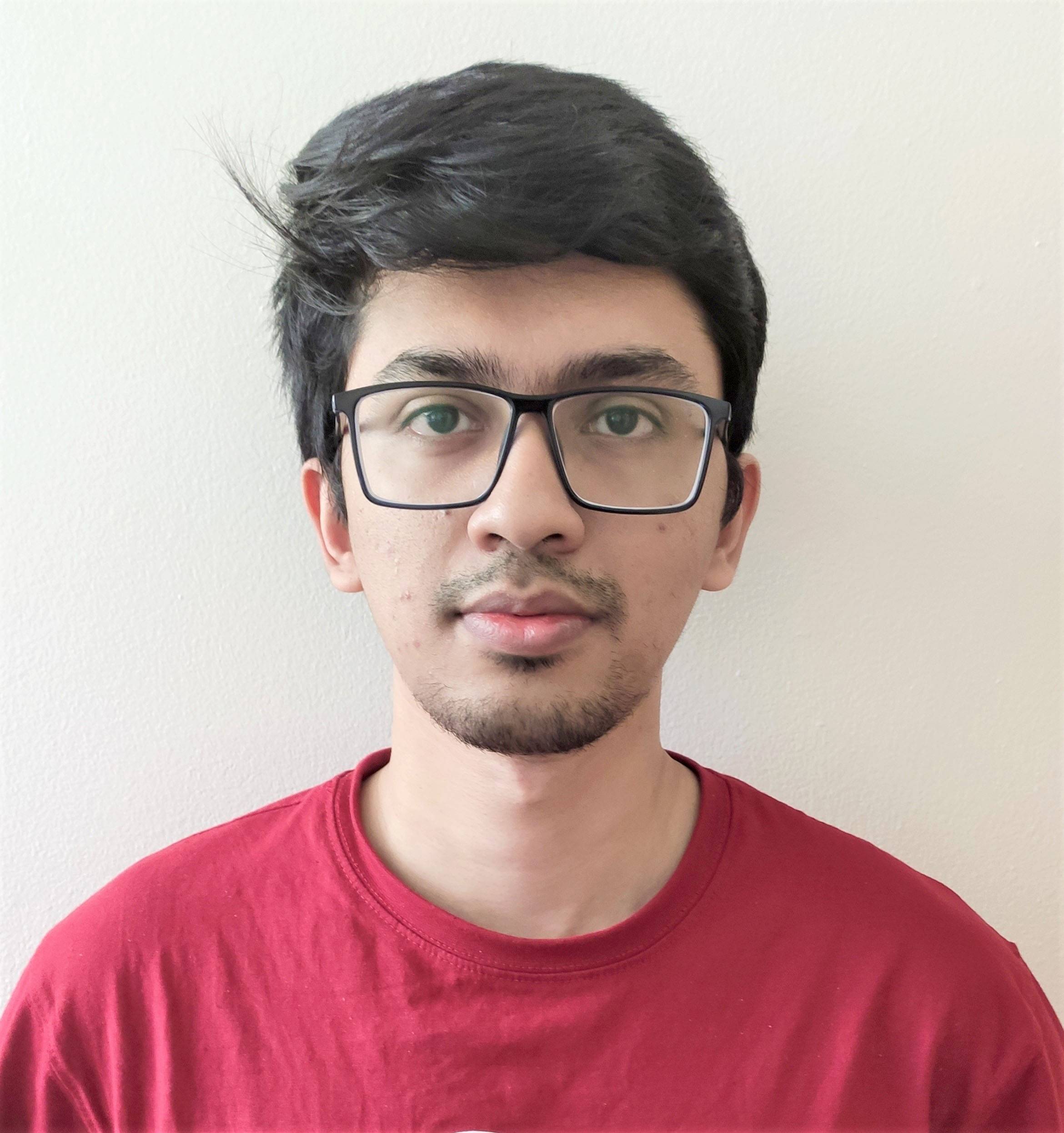 | Saqeeb Adnan, Graduate Student The Ohio State University Saqeeb Adnan is a graduate research associate in Marat Khafizov’s group at The Ohio State University. He earned his bachelor's degree in Mechanical Engineering from Bangladesh University of Engineering and Technology and is currently pursuing his Ph.D. in Mechanical Engineering. Saqeeb's work is aimed at improving our understanding of thermophysical properties in materials used in nuclear energy applications as well as 2D nanomaterials and perovskites. His research focuses on modeling the interaction of defects with phonons and its impact on thermal conductivity. In addition to modeling, he utilizes different experimental techniques like Raman and laser thermoreflectance to characterize thermal transport in these materials.
| |
| Erika Nosal, Graduate Student The Ohio State University
| | 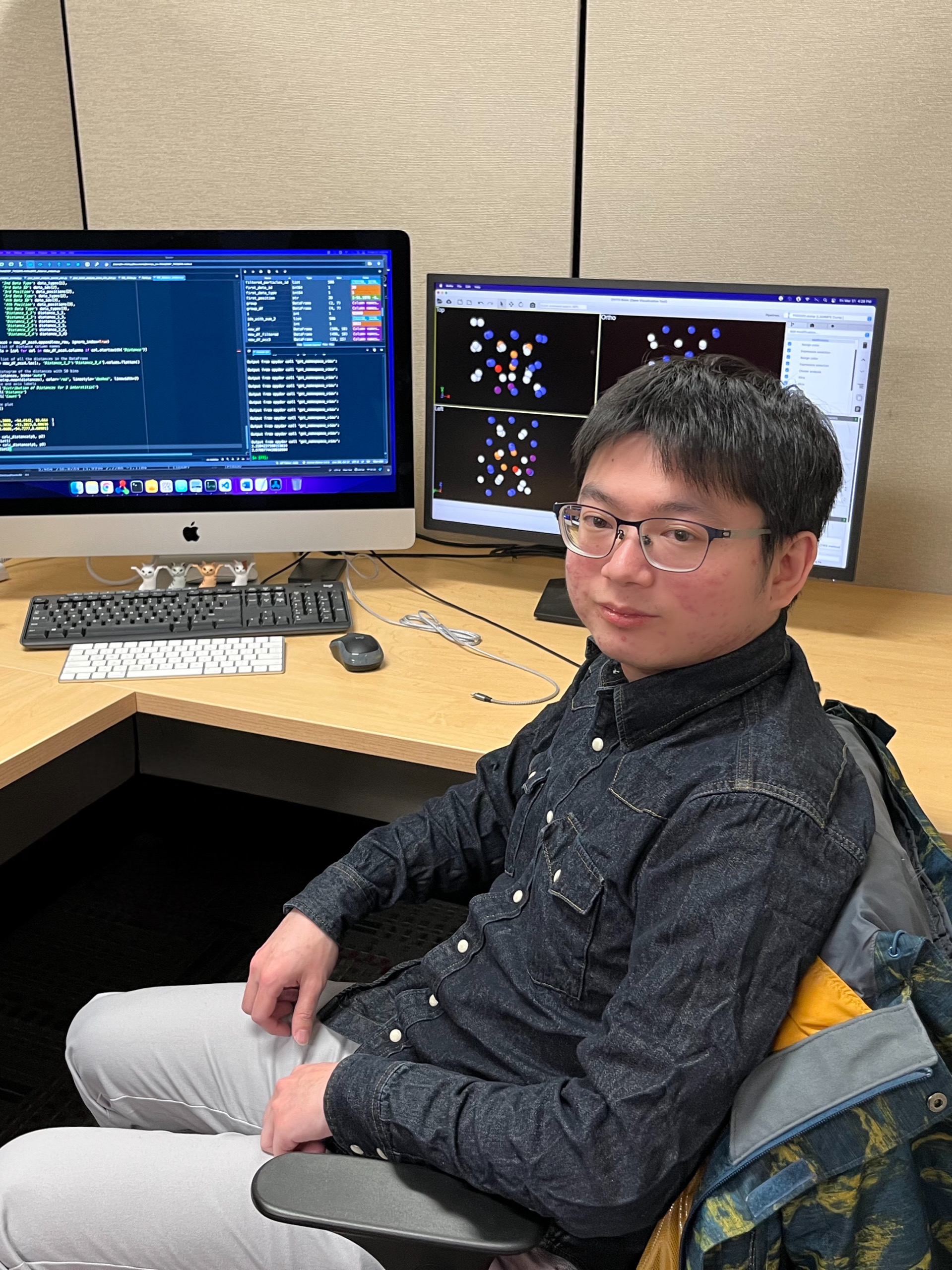
| Lin-Chieh Yu, Graduate Student University of Wisconsin - Madison Lin-Chieh is a Ph.D. student in Material Science at the University of Wisconsin-Madison. He holds a B.S. degree in Chemistry from National Cheng Kung University and an M.S. degree in Chemistry from Stony Brook University. His research experience includes studying molten salt corrosion using synchrotron techniques as a graduate student at Stony Brook University and Brookhaven National Laboratory. Since moving to Madison, he has shifted his focus to computational research, specifically multiscale modeling and simulation of materials kinetics in irradiation and corrosive environments. As part of the TETI, his work involves studying the interaction of defects in irradiated materials using molecular dynamics and kinetics Monte Carlo methods. By using these techniques, the material behavior can be simulated in larger timescales and spatial scales.
| |
|


